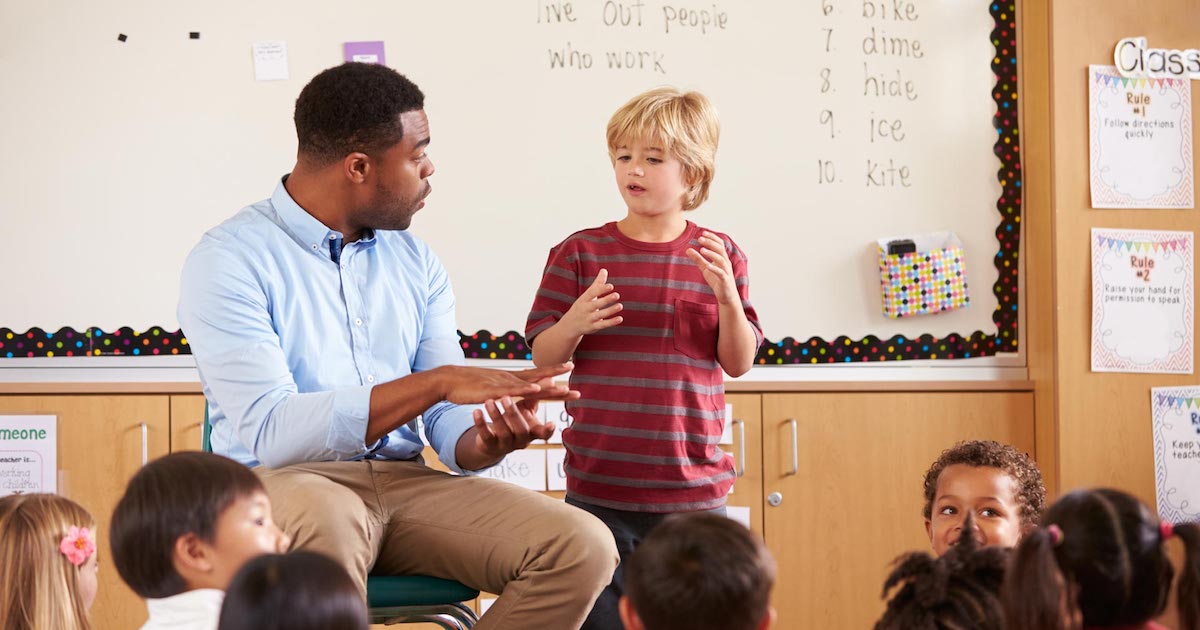
There are few careers as challenging and rewarding as teaching, and as with any profession, there are tools of the trade that must be honed so teachers can perform effective classroom management. Classroom management is a necessary skill. Without it, a teacher will have difficulty conveying what needs to be covered.
Set guidelines and stick to them
Every teacher has rules for their class, but teachers who stick to the rules they set are the most effective in managing their classrooms. The key to making class rules is ensuring teachers are not setting students up for failure by creating rules that are too rigid or impossible to abide by consistently.
For example, if a teacher has a “show up for class late, and you’ll receive a tardy” rule, a teacher will want to ensure students have enough time to get from their last class to the next class in a timely manner. If there are students who do have to trek across campus to get to class, a teacher will need to either relax the rule for those students or give them a specific time in which they need to arrive to avoid getting the tardy.
Another key to setting classroom guidelines is making rules that a teacher is willing to enforce. Students need to see the end result of what happens when the rules are either followed or not followed, and this needs to be consistent.
Once students figure out that a teacher won’t enforce a set rule, they will constantly push the boundaries and hinder a teacher’s ability to manage the classroom. So, whatever guidelines are set, make sure they can be lived with and enforced.
Engage a class in as many ways as possible
It used to be that a teacher stood in front of a class and talked, and students dutifully sat in their seats, listened and took notes. Although this method is still used to some extent, its use as a primary teaching method has gone the way of the overhead projector and film strip.
An effective classroom manager engages all students. It’s more difficult for students to act out or be disruptive if they are busy planning their next project or creating questions to ask other students when they give presentations. The more involved students are in the learning process, the more they will learn and the easier it will be to manage them.
Get parents involved from the start
Parents who are involved in their children’s education can help you enforce your rules. However, not every parent is going to show up a parent-teacher conference night ready and willing to help. This is why it is important for you to reach out to the parents of all your students on a regular basis.
Also, if you approach a parent of a student for whom you have concerns, the parent will be more willing to work with you to find a solution to the concern before it becomes a problem. A good teacher-parent relationship can also alert a teacher to any problems at home that might carry over into the classroom.
Managing a classroom is always a challenge, but laying a good foundation of objectives and goals, and applying tools to forward the objective and sticking to the plan will ensure the classroom environment is conducive to both teaching and learning.
Categorized as: Tips for Teachers and Classroom Resources
Tagged as: Engaging Activities, Teacher-Parent Relationships
